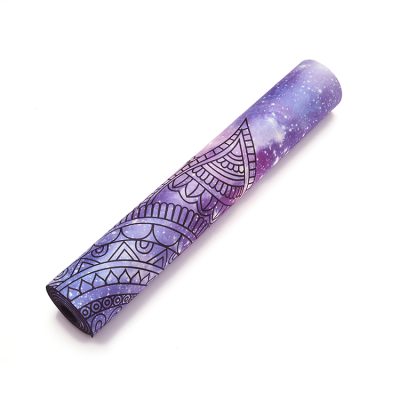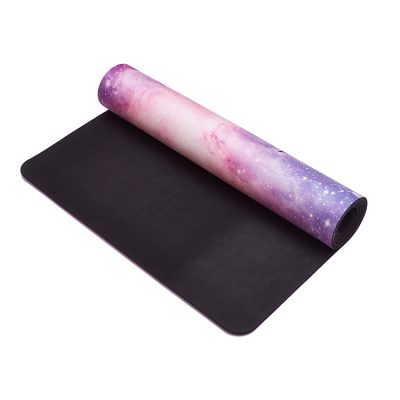Beginners are faced with yoga mats of different thicknesses, which one is the most suitable?
Choose according to the material. TPE pads are the most environmentally friendly, and PVC is cheap and high-quality.
Choose according to “thickness needs”
Regarding the thickness of the yoga mat, the common yoga mats on the market have several thicknesses of 3.5 mm, 5 mm, 6 mm and 8 mm. The most basic suggestion is that beginners can use a thicker, such as 6mm thick yoga mat, to prevent sports injuries. After a certain foundation and experience, you can switch to a yoga mat with a thickness of 3.5 mm to 5 mm. Of course, if you are very afraid of “pain”, you can always use a relatively thick yoga mat for practice.
Choose according to the type of yoga you are studying
If you practice yoga that is mainly based on soft training, you will often encounter the action of sitting on the mat. At this time, a thicker and softer yoga mat will make you more comfortable. However, if you are practicing a type of yoga that is more pulsating like Power Yoga, Flow Yoga or Ashtanga Yoga, then you need a thinner and harder mat, and a yoga mat that is too soft is not convenient for doing movements. Some people who are more particular also think that too thick yoga mats hinder their contact with the ground, etc. In fact, the thickness of yoga mats mainly depends on personal preferences.
If your movements are not as static and sweaty as running, and it is somewhere in between, which mat should you use? I would answer, “Let’s go thinner.” Thick pads (above 5mm) lose the feeling of contact with the ground, and there will be a “distortion” feeling when doing a lot of movements. In foreign countries, the vast majority of yoga practitioners like to use thin mats, which is the reason. If you feel that your knees are uncomfortable when doing some kneeling movements with the thin mat, you can put a towel under your knees.









